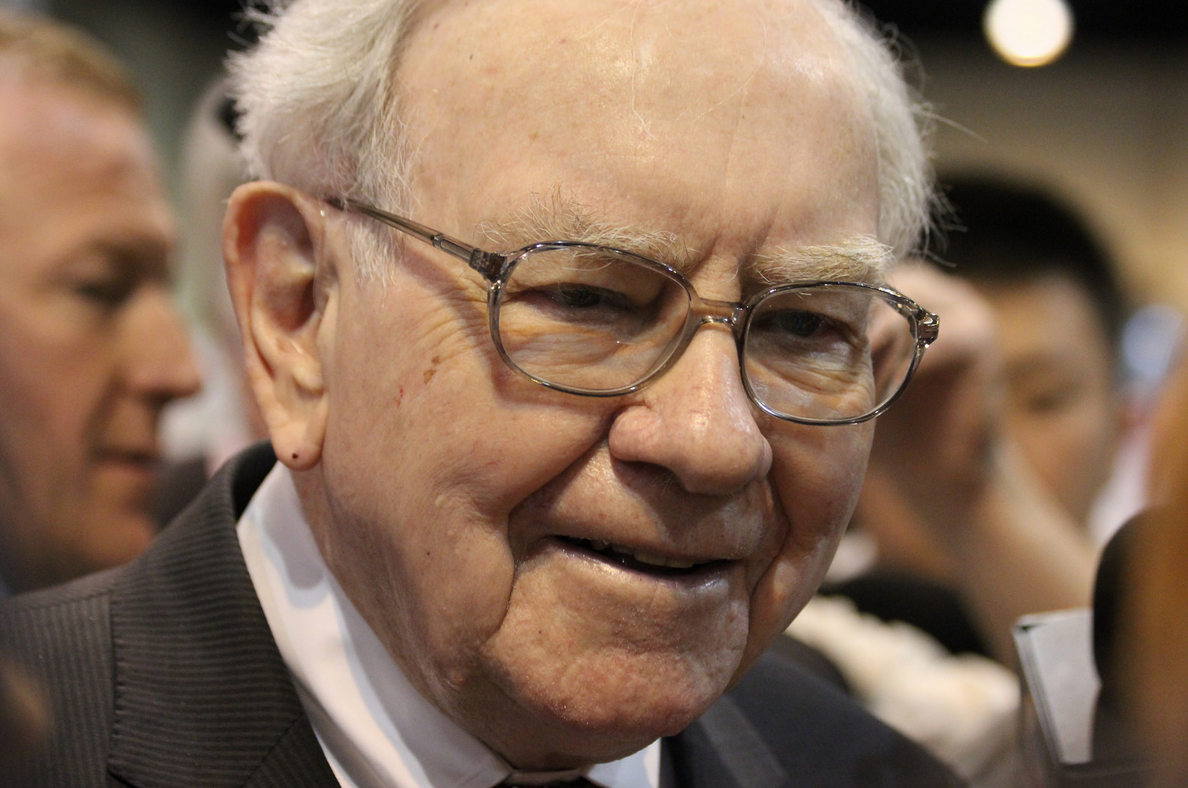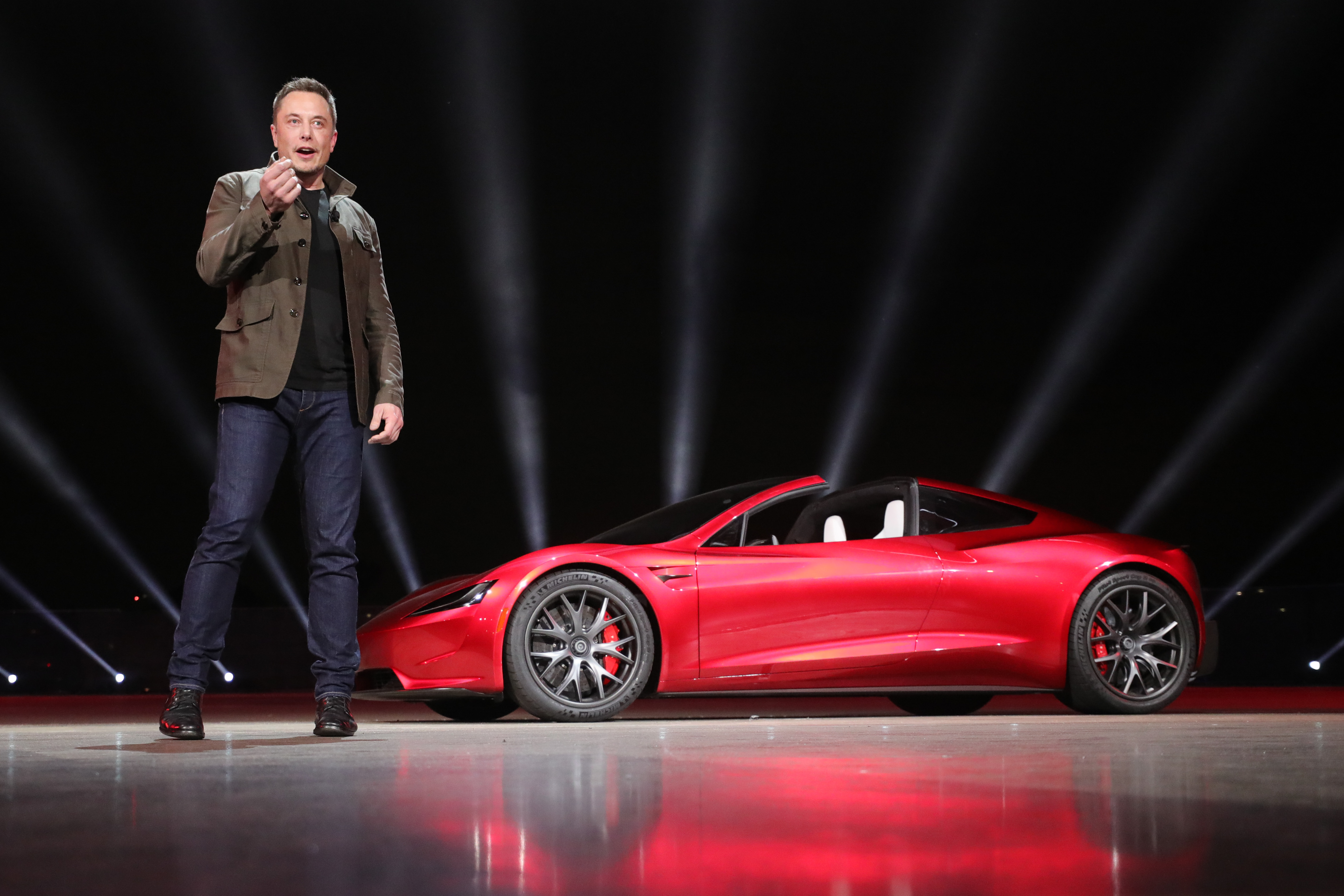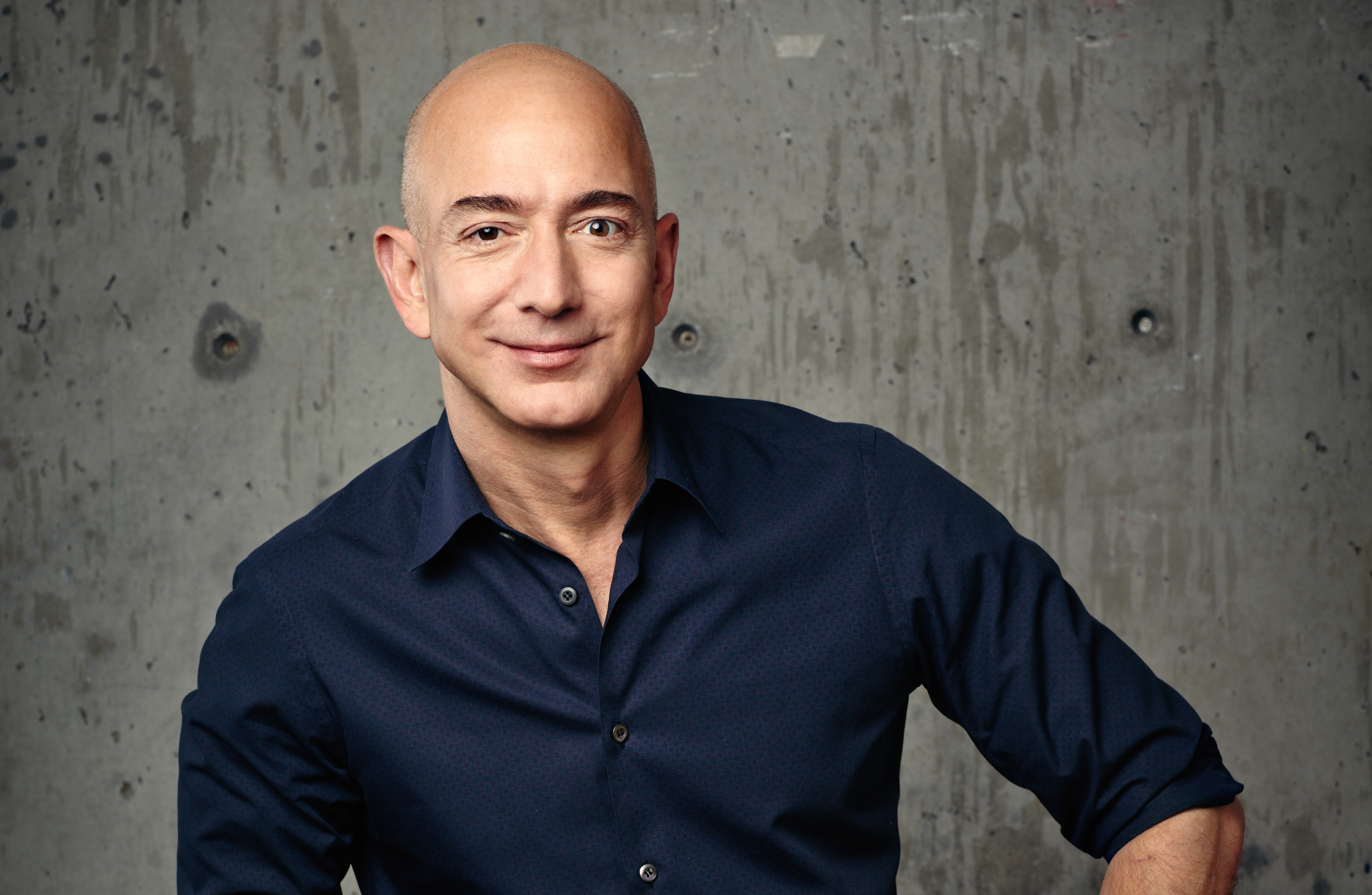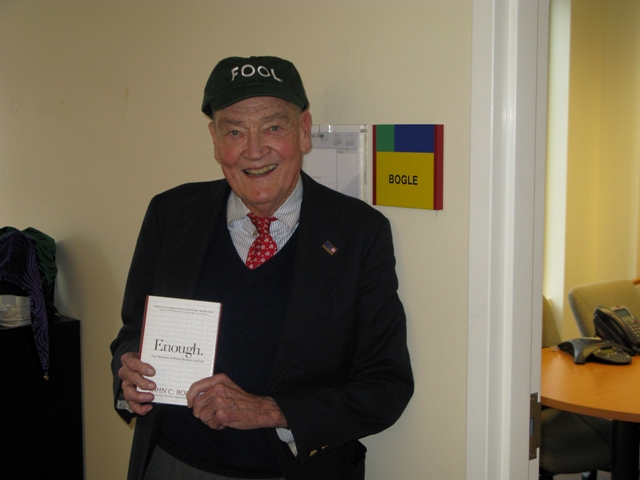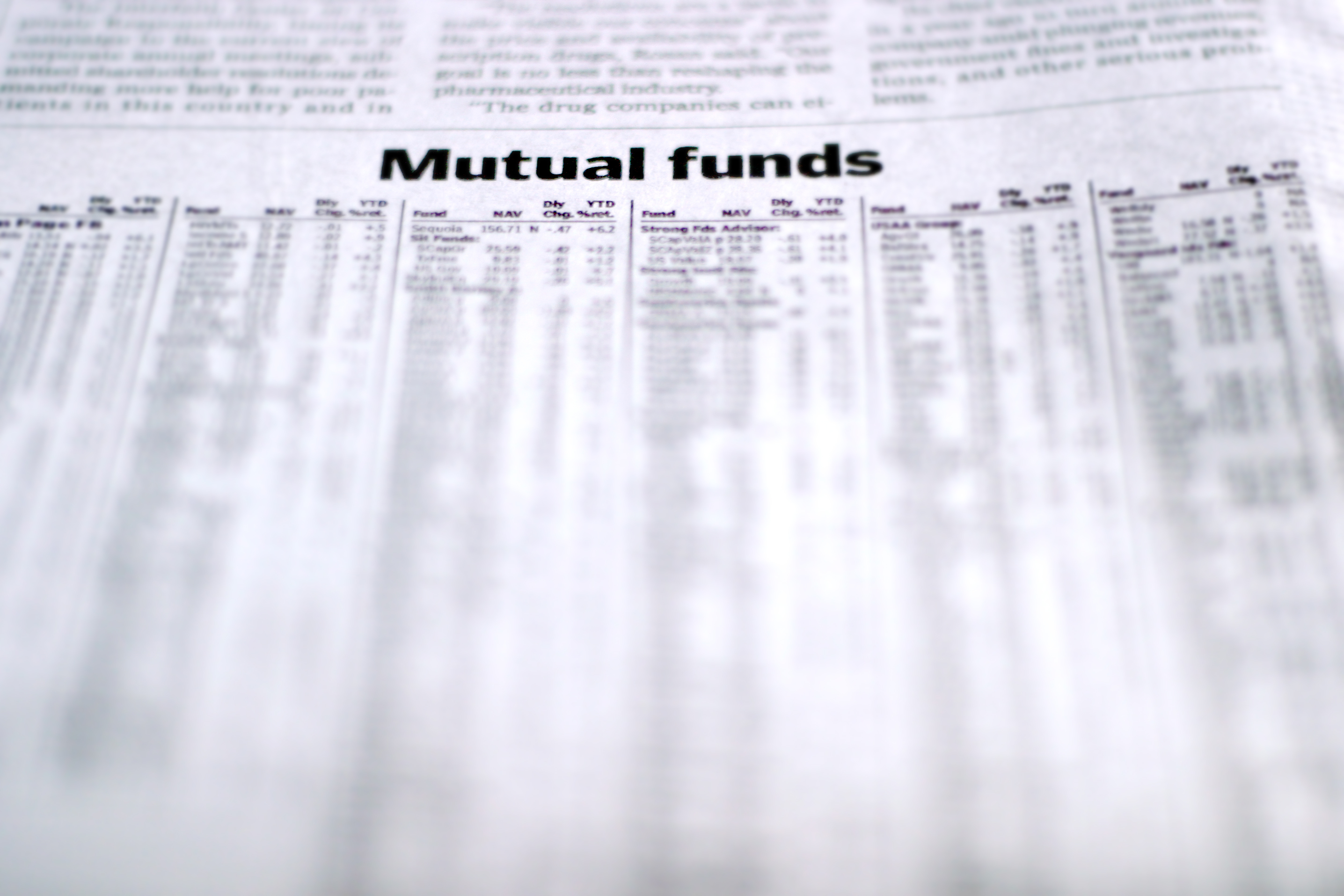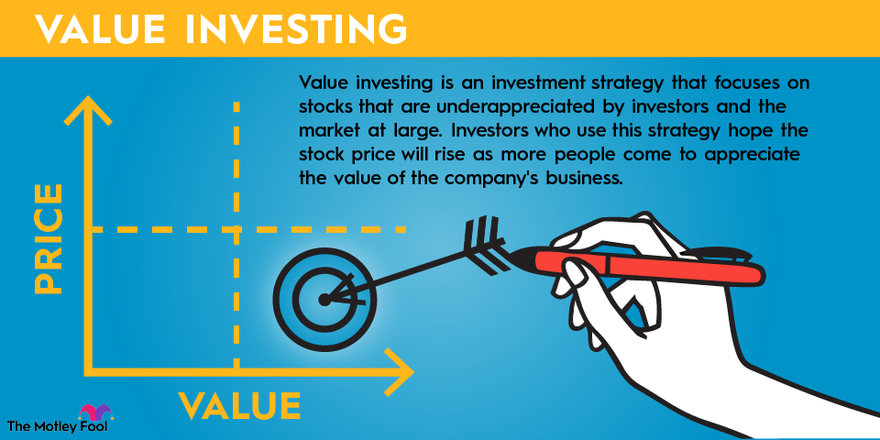
Not many hedge funds can claim to be as long-lived -- and certainly as successful -- as Millennium Management. The firm is credited with pioneering the idea of deploying capital to different investment teams that follow their own independent strategies. Read on to find out more about Millennium Management, its history, and investment strategy.
What is Millennium Management?
- Name: Millennium Management.
- Founded: 1989.
- Founder: Israel "Izzy" Englander.
- Headquarters: New York City.
Millennium Management is a multistrategy hedge fund that operates a decentralized platform model using independent investment teams that follow different strategies. The New York-based firm was founded in 1989 by famed investor Israel Englander with $35 million; it now claims assets under management (AUM) of $78 billion.
Millennium Management’s investment strategy
Unlike many hedge funds, Millennium doesn’t pursue one single strategy. After launching in 1989, the fund began garnering attention -- and profits -- through a handful of techniques, including quantitative analysis, convertible arbitrage, merger arbitrage, and fundamental analysis.
Millennium also doesn’t consist of one team; Englander works with more than 320 teams, allocating money that the team invests.
The catch? A team that loses 5% of its capital has its capital from Millennium cut in half. A manager who loses 7.5% of their allocation winds up losing his or her job. (The approach may go a long way toward explaining Millennium’s high employee turnover, reputed to be between 10% and 15% annually.)
As an example of its omnivorous approach to investment styles, the fund spun off part of its firm to create the quantitative investment management firm World Quant in 2007. The spinoff, which focuses on statistical arbitrage, now manages about 15% of Millennium’s assets. It’s a leader in using data mining and artificial intelligence (AI) to run more than 4 million types of predictive code known as “alphas,” which provide data on everything from credit card use to parking lot traffic.
Although Englander and firm members own about $10 billion of the fund, the company is also expanding its reach beyond its usual customers, who have traditionally included sovereign wealth funds, endowments, and institutional investors. A Goldman Sachs-designed special purpose vehicle began offering equity stakes of 10% to 15% in Millennium to high-net-worth individuals for a 3% management and 30% carry fee on a minimum investment of $1 million with a five-year lockup period.
Notable successes
Not many hedge funds have survived more than 35 years of ups and downs. Millennium has thrived more than most, becoming one of the most successful hedge funds in the world.
Founded with only $35 million in capital, Millennium has grown to become one of the largest hedge funds in the world, with 6,300 employees in almost 150 locations, responsible for more than 13 million trades every day.
The fund’s strategy has paid off in both good and bad times. In 2000, the year that marked the start of the dot-com bust, the S&P 500 index shed 10% of its value; Millennium reported a 35% return for its investors. During the cataclysmic 2008-09 financial crisis, the S&P index plunged 38%. Millennium lost a modest 3.5%. In 2022, when the S&P dropped 19%, Millennium closed out the year with a 12% gain.
Indeed, Millennium’s setbacks have been so rare that a 1.3% loss in the fund’s value in March 2025 drew attention since it was Millennium’s first loss of more than 1% since 2018. The loss, which was attributed to missed bets on index rebalancing, cost the firm about $900 million.
Reputation and influence
On Wall Street, Millennium has a reputation as an extremely disciplined fund with a low tolerance for risk and an even lower tolerance for losing money. Famed investor Paul Tudor Jones once joked at a conference that when Englander plays the board game Risk, he tries for world mitigation, rather than world domination.
Another measure of Millennium’s caution can be found in the company’s Sharpe ratio, which attempts to measure the return on an asset for each unit of risk. The typical figure for hedge funds was 0.86, according to a 2016-21 study by BarclayHedge; a study of Sharpe ratios for multimanager platform (MMP) hedge funds between 2012 and 2022 found Millennium posted a 2.5 ratio, more than double the average hedge fund.
In addition to its focus on risk management, Millennium has been a leader in the evolution of MMP hedge funds. A 2024 Morgan Stanley report found that between 2019 and 2023, MMP assets soared from $185 billion to $350 billion. “During this period, more and more investment professionals learned to hone their skills, making them attractive to this style of investing,” the authors wrote.
The Morgan Stanley report also noted that the average annual return for an MMP hedge fund was 7.38% for the 10-year period ending in March 2024. Since its inception, Millennium has averaged annual returns of 14%.
Related investing topics
Legacy and impact
Besides a consistent record of success, Millennium’s legacy in the investment community has been its development of “pods” of investment teams to manage money, backed by a strong risk management strategy. In addition, its allocation of more capital to successful teams and removal of poorly performing managers underscores its ability to reduce risk and maximize returns.
